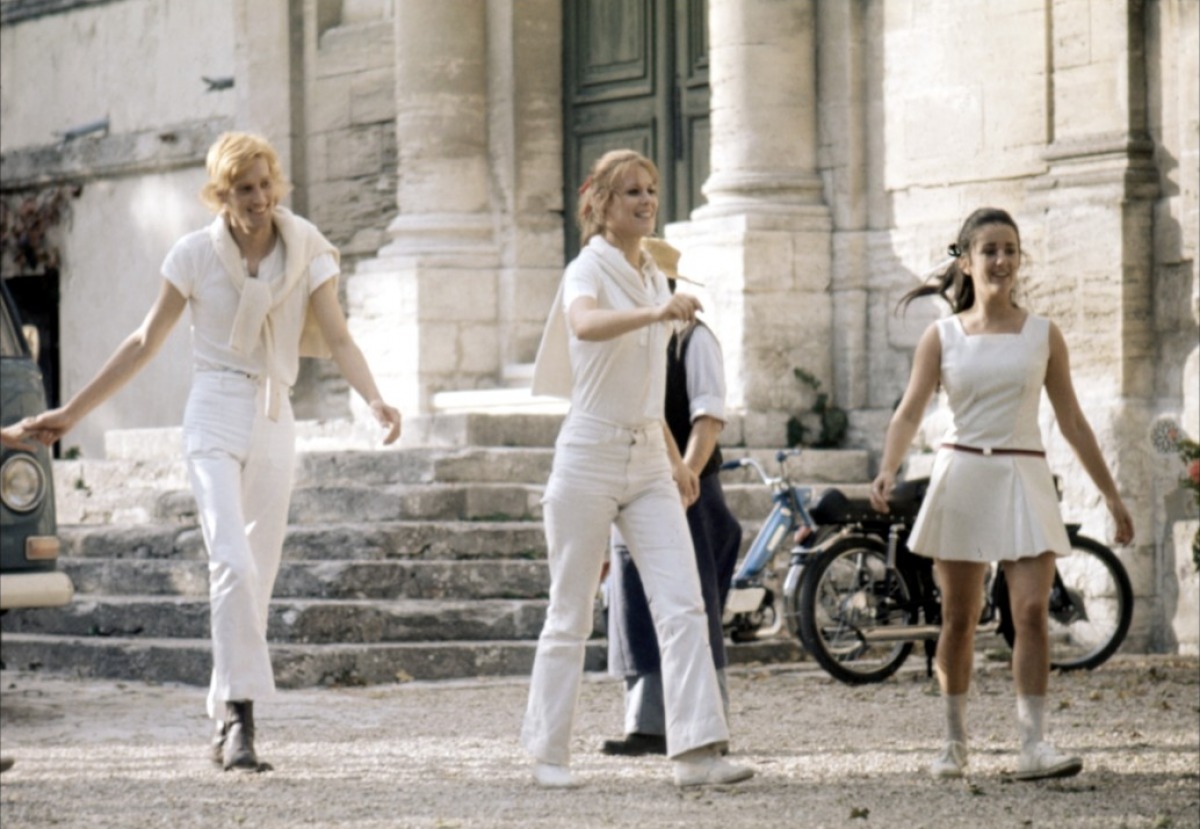Founder's note: La Demoiselle d'Avignon, a fictional depiction of the 1970's French diplomatic corps
/Don't look for Kurlande on the map of the Baltic, it doesn't exist. Yet for a generation of Frenchmen and women old enough to watch TV in 1972, Kurlande is the very real kingdom of Koba, heir to the benevolent reigning family. To celebrate graduation, Koba travels to Avignon to pay tribute to Adelaide, a French woman who married into the royal family during the Napoleonic Wars. There, she meets and falls for career diplomat François Fonsalette, who has no idea she is actual royalty.
The six-episodes TV series is sweet and naff at times, its novelisation reading like your average fan fiction. Yet when I first read and watched La Demoiselle d'Avignon in my early teens, I got slightly obsessed with it, not least because its description of the French diplomatic corps spoke to my career ambition of becoming an ambassador.
Fonsalette works for the Quai d'Orsay, the French equivalent of the Foreign Office/State Department. The scenes taking place in his office depict a white, male and aristocratic diplomatic corps, a vision too many still entertain when thinking about "our man in X".
Fonsalette is a second generation ambassador, his family owes the Fort Saint-Andre, by Avignon where an old-fashioned (even by 1972 standards) butler officiates. Yet like most of the French aristocracy, they are broke. Fonsalette might be a diplomat but archaeology is his real love. When we first meet him, he is digging the Fort's garden looking for a Roman sculpture. He is the 1970's epitome of the cultured French diplomat, quoting Chateaubriand and Latin on request.
At the Quai d'Orsay, we see Fonsalette interact with his friend and colleague, the Duc Adalbert de Roquefort-Chavignol, your typical French aristocrat: he pretends to live in a castle but really rents a council flat. Another colleague is the son of a powerful civil servant, inept at his job to the point of creating international incidents but impossible to get rid of thanks to daddy's support.
In the first quarter of the book, Fonsalette gets himself named Ambassador to Kurlande so he can find Koba (but Koba has left for France as an au pair to find François). Kurlande, with its obsession for herring, its crazy king who likes plunging into freezing water when meeting new ambassadors and its half-French, half-German-ish language, is seen as a career dead end.
Hébrard and Velle wrote some of their strongest scenes parodying the Quai d'Orsay life; the ones at the embassy are a close second. The windows don't close properly, running a bath is a noisy and uncertain expedition and the ambassador can only use a couple of rooms. Much like Fort Saint-Andre, the embassy is staffed with a dedicated, old-fashioned man who has made service his life mission.
As fiction and in retrospect, La Demoiselle d'Avignon lightly criticised one of the worse traits of the Quai d'Orsay: how diplomacy was a shoe in career for many aristocratic sons. As a consequence, for years, it was impossible to imagine women holding high offices as they barely got a chance to get in. As I have made inspiring more girls and young women to choose a career in foreign policy, including in diplomacy, this site's mission, sometimes I like reminding myself of where we have come from.




